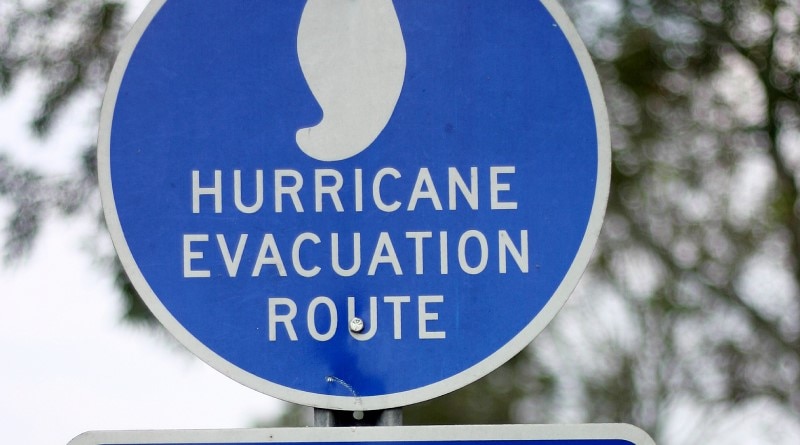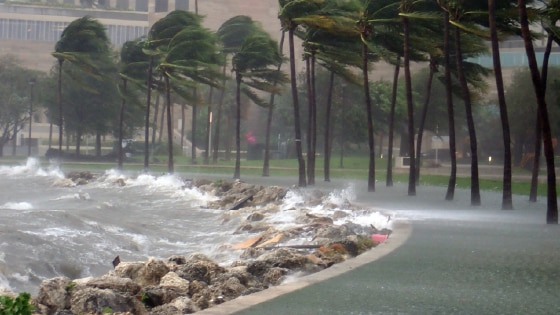
We all know that disaster can strike at any time. Unfortunately, “any time” is occurring on a more frequent basis. Natural catastrophes like hurricanes, wildfires, earthquakes, and severe storms have long-term economic and social consequences for businesses — and these devastating and expensive events are on the rise.
The following information from the National Oceanic and Atmospheric Administration illustrates this trend and the unfortunate consequences:
- 2020 is the sixth-consecutive year with at least 10 separate billion-dollar disasters.
- Through the end of June 2020, the U.S. has experienced 10 weather and climate disasters that have incurred losses exceeding $1 billion each.
- In 2019, there were 14 separate billion-dollar natural catastrophes that cost the U.S. more than $45 billion.
In this new era of increased natural catastrophe risk, all businesses — even those in areas with historically low exposure — should prepare themselves for these types of events. Insurance might cover immediate financial losses, but there are long-term consequences and costs to consider as well.
Risk managers and business leaders should be aware of the risks and create plans ahead of time so operations can quickly recover after severe weather hits. Here are three ways to prepare your business:
- Conduct risk assessments
Since severe storms and fires can cause massive damage to roofs, buildings, and other types of property, understanding your facility’s exposures is a must. Companies should conduct routine inspections and risk assessments, looking for areas that might be vulnerable when a natural disaster strikes. Engage with business leadership about the conditions of the facilities and associated operations and explain the hazards that could put the business at risk.
And remember that there is more to a business than bricks and mortar. The consequences of a natural catastrophe go beyond physical property damage. Companies should also think about their employees and customers, as well as the risks of business interruption and institutional loss like damage to business records or brand reputation.
- Leverage risk management tools and resources
As a risk manager or business leader, you can also help your business be “disaster ready” by leveraging predictive modeling tools and expertise from your insurance carrier. Today’s latest predictive models go beyond estimating exposures based solely on ZIP codes. For example, Liberty Mutual’s predictive model estimates the risk exposure of individual locations by also factoring in characteristics such as building condition, age, and construction materials; number of stories; roof age, material, and protections (such as screens or guards); and more.
Insurers can also offer additional expertise via on-site visits, where a risk engineer may identify vulnerabilities such as deteriorating roofs or unprotected skylights. The risk engineer can then make recommendations based on a location’s specific exposures and the business’s available budget for repairs or upgrades.
Partnering with your insurer to identify and anticipate risks provides a more complete picture of your business’s risk profile. As a result, you can better address vulnerabilities and develop a continuity plan that is tailored specifically to your operation’s needs.
- Create a plan—and communicate
The next step is to build a mitigation strategy. First, prioritize repairs and create a long-term maintenance schedule. Taking steps like replacing roofs or installing rooftop equipment protections can help minimize damage when severe weather hits.
It’s also important to have emergency response and business continuity plans in place to reduce downtime after a catastrophic event. Identify critical business functions and ways to maintain or restore them. For example, identify backup suppliers or sister facilities in other regions that can assist if local operations come to a halt. You may also want to have replacement parts for critical pieces of equipment readily available.
Remember to include employees in your business continuity planning process. Employees are closest to the work and can help identify gaps in your plan, mitigating further potential losses. Also designate key personnel who have the authority to make decisions in the event of an emergency, like sending out alerts or shutting down a facility.
Once your team has collaborated on a plan, it’s time to practice. The ability to quickly respond not only mitigates business interruption losses — it also establishes a process to account for workers’ safety and helps a company report claims more quickly.
Finally, communicate your business continuity plan to your customers — ahead of time. This demonstrates that your company is taking its business responsibilities seriously and can even help customers develop their own plans.
Forewarned is forearmed
In addition to having your own plan, register to receive automatic alerts from the National Weather Service, as well as town, state, and federal warnings. Having several hours to prepare and put your continuity plan in place can give you a significant advantage when it comes to protecting your business and recovering afterward.
Visit our website for more resources on how to protect your business from severe weather.
Featured insights
This website is general in nature, and is provided as a courtesy to you. Information is accurate to the best of Liberty Mutual’s knowledge, but companies and individuals should not rely on it to prevent and mitigate all risks as an explanation of coverage or benefits under an insurance policy. Consult your professional advisor regarding your particular facts and circumstance. By citing external authorities or linking to other websites, Liberty Mutual is not endorsing them.



